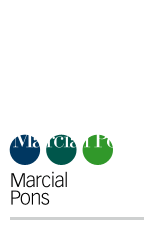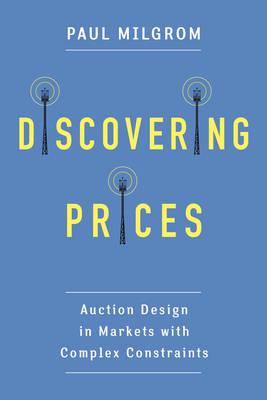Putting auction theory to work
- ISBN: 9780521536721
- Editorial: Cambridge University Press
- Fecha de la edición: 2004
- Lugar de la edición: Cambridge. Reino Unido
- Colección: Churchill Lectures in Economics
- Encuadernación: Rústica
- Medidas: 23 cm
- Nº Pág.: 368
- Idiomas: Inglés

This book provides a comprehensive introduction to modern auction theory and its important new applications. It is written by a leading economic theorist whose suggestions guided the creation of the new spectrum auction designs. Aimed at graduate students and professionals in economics, the book gives the most up-to-date treatments of both traditional theories of 'optimal auctions' and newer theories of multi- unit auctions and package auctions, and shows by example how these theories are used. The analysis explores the limitations of prominent older designs, such as the Vickrey auction design, and evaluates the practical responses to those limitations. It explores the tension between the traditional theory of auctions with a fixed set of bidders, in which the seller seeks to squeeze as much revenue as possible from the fixed set, and the theory of auctions with endogenous entry, in which bidder profits must be respected to encourage participation. INDICE 1. Getting to work: 1.1 Politics sets the stage 1.2 Designing for multiple goals 1.3 Comparing seller revenues 1.4 The academic critics 1.5 Plan for this book Section I. The Mechanism Design Approach: 2. Vickrey-Clarke-Groves mechanisms: 2.1 Formulation 2.2 Always optimal and weakly dominant strategies 2.3 Balancing the budget 2.4 Uniqueness 2.5 Disadvantages of the Vickrey auction 2.6 Conclusion 3. The envelope theorem and payoff equivalence: 3.1 Hottelling's lemma 3.2 The envelope theorem in integral form 3.3 Quasi-linear payoffs 3.4 Conclusion 4. Bidding equilibrium and revenue differences: 4.1 The single crossing conditions 4.2 Deriving and verifying equilibrium strategies 4.3 Revenue comparisons in the benchmark model 4.4 Expected-revenue maximizing auctions 4.5 Conclusion 5. Interdependence of types and values: 5.1 Which models and assumptions are 'useful'? 5.2 Statistical dependence and revenue-maximizing auctions 5.3 Wilson's drainage tract model 5.4 Correlated types model interdependent values 5.5 Conclusi







